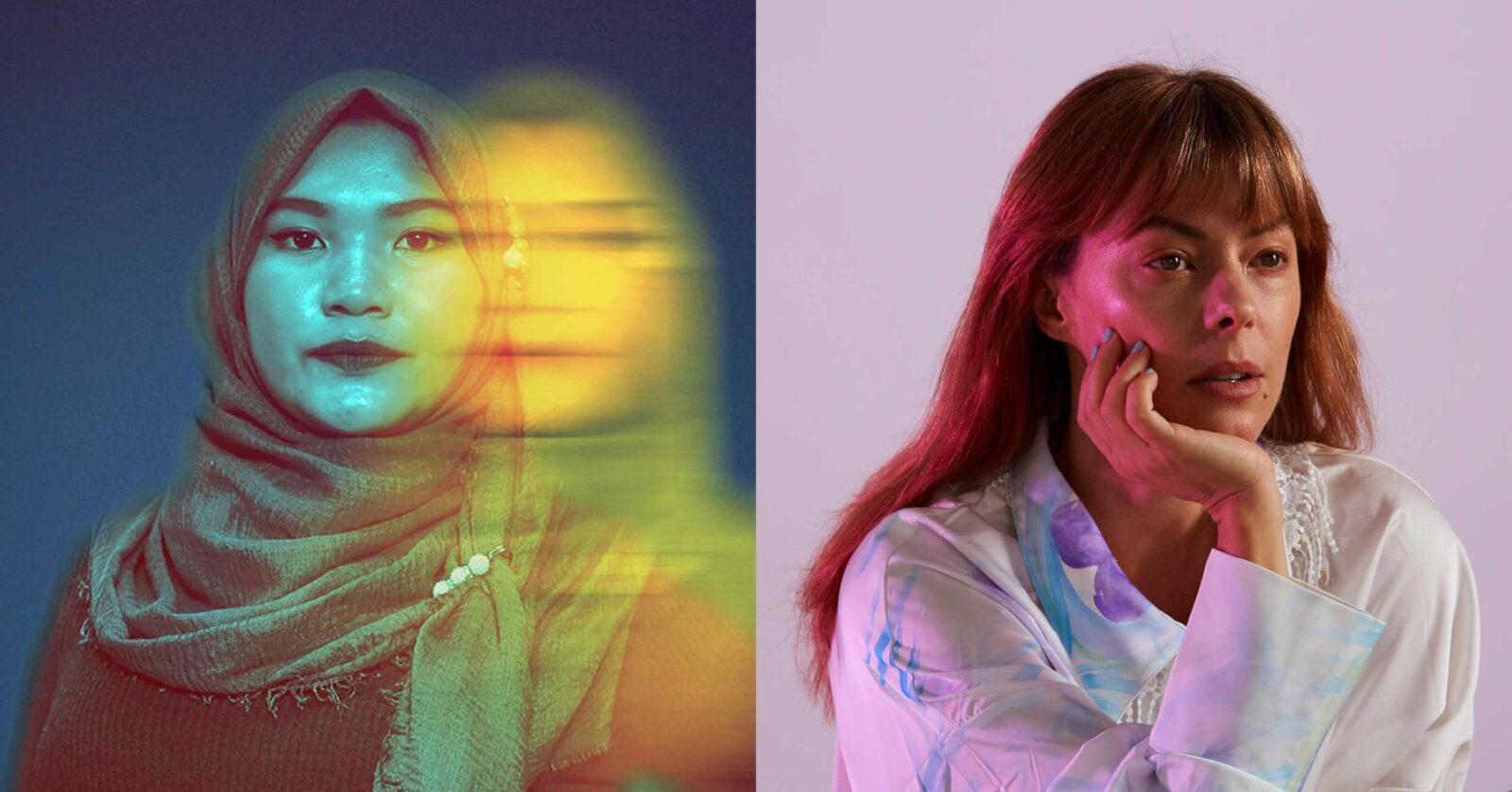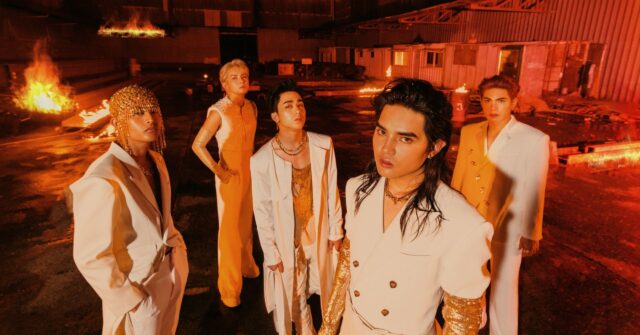Over the past few months, Moro pop artist Shaira has made waves on social media for her song, “Selos” (Jealous). However, the song was removed from streaming platforms on March 19 following a copyright claim from Australian singer-songwriter Lenka. Lenka originally released “Trouble Is A Friend” in 2008, and the melody of the track was used by Shaira for “Selos.”
Following the copyright claim, Shaira’s music label AHS Productions released a statement on Facebook apologizing to Lenka and that they are in the process of securing a “cover license” to re-release “Selos.”
“This is a voluntary act on our end as we are still making arrangements with regards to the legality of the publication of the song. We have chosen to take it down from all platforms pending our agreement with the original artist’s management on securing a cover license for “Selos”,” AHS Productions said in the statement. “As most of you may know, the melody that we have used is originally from a song entitled “Trouble is a Friend” by Lenka and as of the moment, we are already in contact with her team for us to make “Selos” an official cover.”
Twitter user @kikiampapi broke down the issue with a timeline of different types of music licenses and examples of licenses used by Original Pilipino Music (OPM) artists over the year.
In the music industry, there are different ways that artists can use elements from pre-existing songs, whether in part or in its entirety. Generally, these include sampling, mashups, remixes, interpolations, covers, and beat stores. Artists looking to use pre-existing songs usually have to pay varying amounts to avail of a license, royalties, rights, and more. In this story, we break down the different types of limits in the usage of pre-existing songs, and how we situate these issues in the Filipino music industry.
Sampling, Mashups, and Remixes
Samples are defined as taking parts of existing sounds and using them in new works. These include sounds used in music as well as non-music sounds from objects, such as in KOLATERAL’s “Distansya” (Distance) where they use the Messenger video call sound in the song’s intro. Samples are prevalent in Filipino hip-hop. For example, the intro of Hev Abi’s “Alam Mo Ba Girl” (Girl, Did You Know) samples the piano from Erykah Badu’s “Green Eyes.”
On the other hand, mashups combine two or more samples of sound recordings into a new song. This can look like taking the instrumental from one song and combining it with a melody from another song to create a new track, among other examples. Remixes are also one of the popular uses of pre-existing songs in the Philippines. These are defined as taking existing songs and adding, changing, or removing sounds to create a new version of the song. In the country, this is mostly seen in budots remixes of popular songs, which are played during fiestas, in jeepneys, and more.
More often than not, the three types of usage will infringe on some part of a copyright owner’s rights, with the exception of pre-existing sound recordings that are licensed under fair use. Fair use allows you to use sounds or music without the permission of the original creator. Philippine law recognizes fair use, however most situations apply fair use for educational materials and the like. It’s important for artists to inquire and secure the appropriate licenses before publishing any work.
Interpolations and Covers
Interpolations and samples are often confused together, however the key difference is that interpolations recreate the sounds used in the original recording. In contrast, samples are lifted exactly as they are from the original work. In Chapter 13 of the Intellectual Property Code of the Philippines, producers of sound recordings have “the right to authorize the direct or indirect reproduction of their sound recordings, in any manner or form,” and if the sound recording or its reproduction are published for commercial use with the intent of making a profit, “a single equitable remuneration for the performer or performers, and the producer of the sound recording shall be paid by the user to both the performers and the producer, who, in the absence of any agreement shall share equally.”
The Filipino Society of Composers, Authors and Publishers (FILSCAP) is the official organization in the Philippines that oversees the protection of royalties and the use of copyrighted music. In order for music creators to receive royalties from their music, they must register with FILSCAP. FILSCAP will then oversee the distribution of licenses in order to protect the rights of music creators.
According to them, if a song was modified or recorded in any other way than the original version, especially without the person of the owner, it is officially classed as a reproduction rights concern and artists should take it up with their publishers. If songs are played in their original form or recording, the royalties will automatically be paid to the original artist or composer.
If we look at covers, which are 1:1 full recordings of a pre-existing song, Shaira’s “Selos” is just one of many that are currently being made in the Filipino music industry. Think of the recent releases of Warner Music Philippines artists last year: FELIP’s cover of Never The Strangers’ “Moving Closer,” Jason Dhakal’s cover of Sitti’s “Para Sa Akin” (For Me), PLAYERTWO’s rendition of Nina’s “Someday,” and more.
As per Shaira’s label, they are in the process of securing a cover license from Lenka’s team so that they can re-publish the song on streaming platforms, with the right credits given. This license falls under the category of mechanical license, which cover the sale of physical copies of the recording, digital downloads, or streaming. The mechanical license is necessary if Shaira, or any artist, intend to publish the song on streaming platforms. In the Philippines, any entity can apply for a license through FILSCAP’s application form.
Navigating the Landscape of the Law
Large record labels like Warner Music Philippines or Sony Music Entertainment have a long history and are well versed with the technicalities when it comes to copyright and publishing. Atty. Marivic Benedicto, president of the Philippine Association of the Record Industry (PARI) and longtime Head of Music Publishing and New Media for Music at ABS-CBN shared to Billboard Philippines how the split between the songwriters and the music publishers is defined.
“Songwriters “own” the copyright to the song, but you can sign up with a music publisher (ideal) who will manage the song for you. Labels “own” the recordings. They usually manage the recording themselves. Artists who are not songwriters, by operation of law, don’t own the recording. They just share in the revenues generated by the label from the exploitation of the recording.”
When it comes to independent music labels, especially those who don’t have the resources to have a legal expert on-call, they may not have the legal know-how to navigate the inner workings of entertainment law in order to make informed decisions. As Bangsamoro pop works to establish its hold on the national music scene, Shaira’s “Selos,” despite its legal issues right now, signals how there is still potential for another breakthrough for the genre soon. With the conversation on copyright claims back in the mainstream, one can only hope that independent artists are better equipped to handle these issues in the future.



